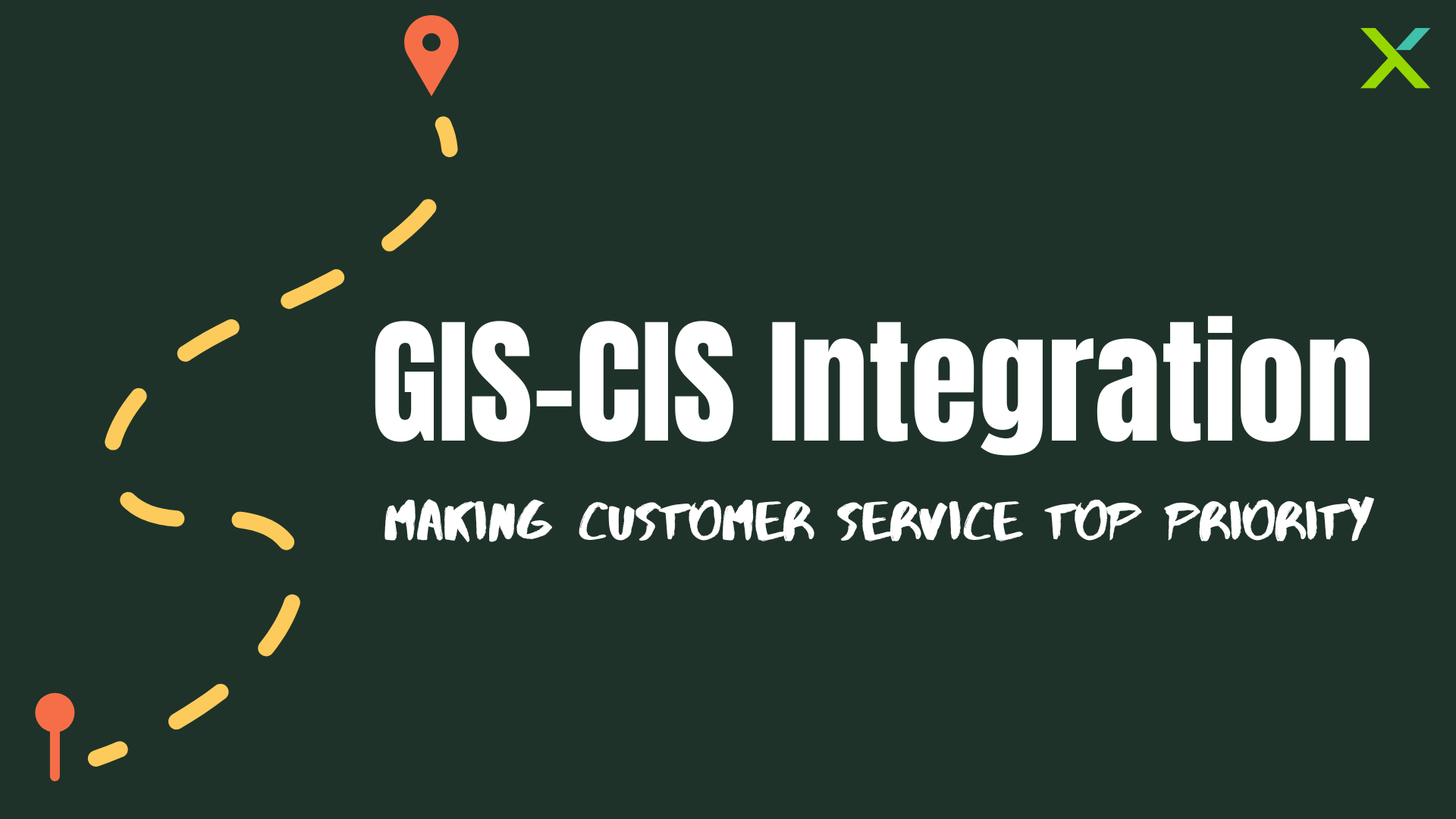
If you’ve been following the Digital Transformation movement, you know that data integration is a boon to internal efficiency at asset-intensive organizations, like Utility companies. Integration digitizes formally manual processes, increases collaboration between field and office employees, and helps business leaders make data-driven decisions. But, did you know that data integration can also improve end-customer satisfaction?
The power of a strong GIS and Customer Information System integration cannot be overstated. Read on to learn 3 ways GIS and CIS integration increases Utilities’ internal efficiency and keeps their customers happy.
As Utilities join the digital transformation movement, organizations around the country are transitioning to Advanced Metering Infrastructure, or smart meters, to further digitize processes. Smart meters increase efficiency within Utility organizations, allowing them to receive billing information, make service changes, and find outages remotely without physically reading meters. But, many Utilities organizations are struggling to optimize their smart meters. According to Greentech Media, “Data-sharing is a key challenge, both between utilities and customers and from department to department within utilities.” That is why GIS and CIS integration is integral to Utilities organizations, starting at smart meter deployment.
When deploying a new fleet of smart meters, organizations need data that exists in the CIS system, like meter serial number, customer name, and contact information, and data that exists in the GIS system, like the service address. CIS and GIS integration ensures that the same, accurate data exists in both systems, simplifying the job for field crews installing meters. Plus, with accurate CIS information, like customer name, years of service, and more, handy on their mobile apps during installation, crews can easily personalize their customer service.
The benefits of CIS and GIS integration don’t end with smart meter installation. In fact, CIS – GIS integration is crucial during extreme weather events that result in service outages. Take a bad thunderstorm, for example, that knocks down several power wires causing service outages. Utilities organizations’ CIS systems contain information about which meter serial numbers are located at crucial areas, like hospitals, that need their power back fast. Utilities’ GIS systems, on the other hand, have specific service addresses for those meters. Instead of wasting time cross-checking both systems, CIS and GIS integration allows Utilities organizations to see meters with life support designations and their locations in one place so crews can make smart decisions about where to prioritize service.
Utility-run renewable energy programs also benefit from CIS and GIS integration. As more consumers become conscious of their energy use and more Utilities organizations offer renewable energy programs, CIS and GIS integration becomes crucial. With integration between the systems, field crews know which homes participate in green programs and may need maintenance work or service changes to their meters. Further, this integration helps marketing departments visualize which service areas have high or low participation in renewable programs, allowing them to conduct more targeted marketing where needed.
As we’ve heard in conversations with Utilities customers and at the recent Esri User Conference, Utilities organizations are gearing up to migrate from Esri’s Geometric Network (GN) to the newer Utility Network (UN) in the next couple years. So, what does UN migration have to do with GIS and CIS integration?
As we discussed in a previous blog, Esri’s UN is architected completely differently than the GN. This means that if an organization has existing custom integrations between Esri’s GN and a Customer Information system, those integrations will break when the customer updates to Esri’s UN. However, with a low-code/no-code solution to GIS – CIS integration, like the Geonexus Integration Platform, customers can continue to leverage their existing enterprise integrations, between GIS, CIS, and EAM systems, during their migration from GN to UN.
If your organization is planning a GN to UN migration, now is the time to leverage the Geonexus Integration Platform for GIS – CIS Integration.
Stay up to date with all things Geonexus!
Integrating your CIS and GIS systems not only increases field crew productivity and makes personalized customer service easier, it also helps the business side make data-driven and informed decisions. Talk to a Geonexus integration expert about how your organization can leverage GIS and CIS integration today: https://geo-nexus.com/contact/.